Transport for London finances continue to struggle: Which projects are being progressed and which postponed?
A meeting of Transport for London’s Finance Committee this week offers a glimpse into transport projects being progressed as the Chancellor prepares a Spending Review later this month.
As expected, many projects are on hiatus with no plans to progress anytime soon. This includes the Bakerloo Line extension from Old Kent Road to Lewisham upon which tens of thousands of homes depend.
One project that is being advanced in the hope of funding is the move to a greater number of electric buses. TfL’s submission to the Spending Review states that:
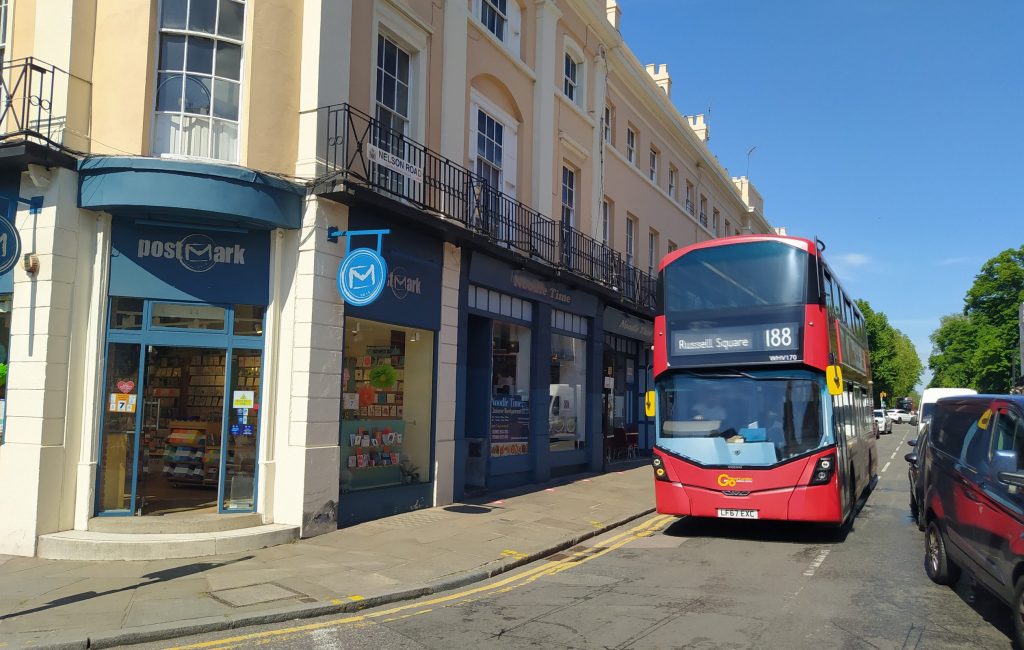
“A three year programme (with longer-term financial commitment) can deliver 2,150 new electric buses”
This ties in with central government aspirations so it’s a shrewd move from TfL to pitch that to the Treasury.
TfL also seek new stock for the Piccadilly Line and Bakerloo Line. Trains on both are nearing 50 years old.
In terms of TfL income the finance report makes bleak reading, as one report states “passenger income (£70m) lower than Budget, but over double the value we saw last year.”
This shows trouble:
Tube passenger journeys are some way below budgeted expectations.
Income levels are 13 per cent below expectations. This compares to:
- Elizabeth Line/TfL Rail: -8 per cent below budget expectations
- Buses: -2 per cent
- DLR/London Overground/Tram: -6 per cent
This could tap into a trend some have remarked upon of a greater increase in journeys in south and east London compared to north and west, owing perhaps to type of employment and ability to work from home. One to watch.
Tourist number reductions are another major impact.
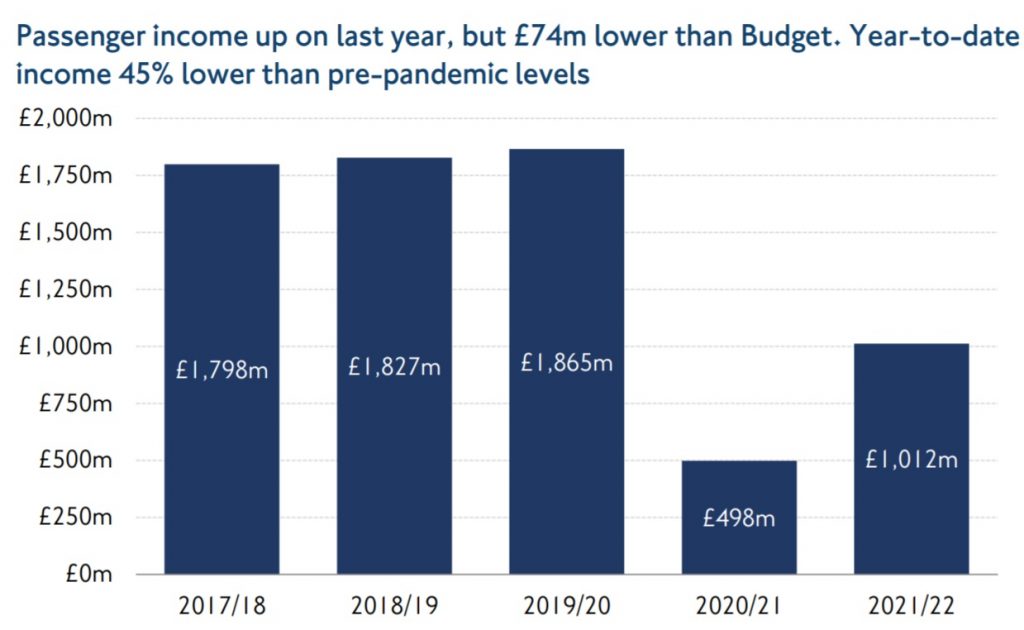
The problem of making a transport system so reliant upon fare income alone is again laid bare, as income fails to meet target.
London is almost alone (entirely alone?) of any major world city in not using a diverse set of funding streams to operate public transport. When a pandemic strikes and passenger numbers fall, the system is exposed. Badly exposed.

Housing
One way to diversify income is to develop housing around and above stations. This not only provides an ongoing revenue stream through renting homes, but a greater passenger base given people living near stations will of course generally use those stations.
TfL have a pretty poor record. I don’t need to once again cover (though I will) how Woolwich DLR station is surrounded by vacant land 12 years after TfL signed a deal for housing on site.
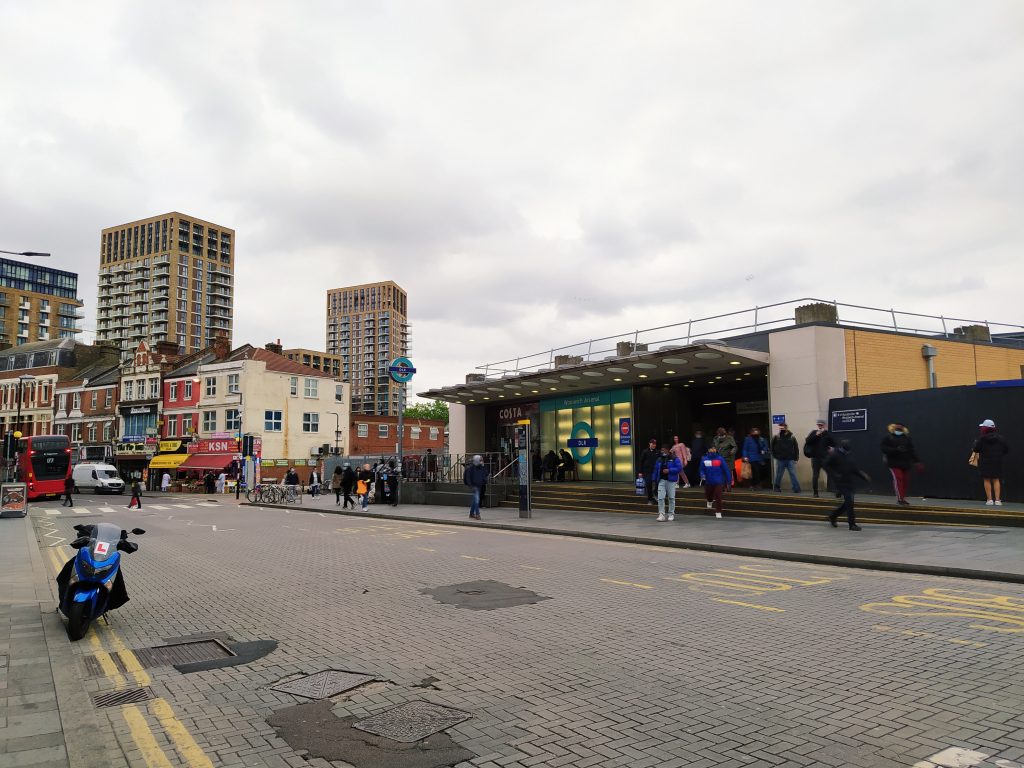
A better site for housing, shops and perhaps a hotel as originally planned it would be hard to find. But nothing has ever happened since agreement signed in 2008.
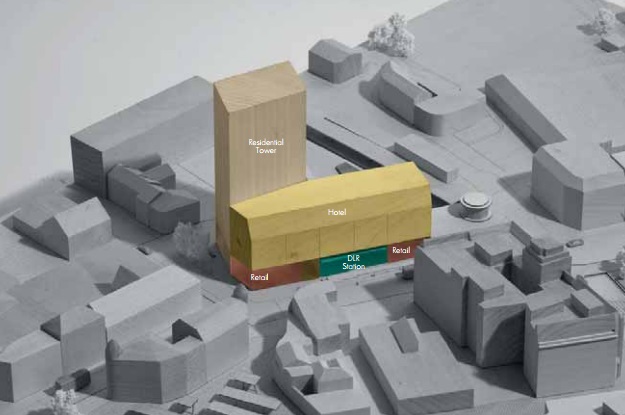
Then there’s the Crossrail box in Woolwich. Plans for homes above the eastern end were supposed to complete in 2018. Nothing has started.

Even down by the river TfL have land that is wasted. They recently opened an electrical charging point. Great, but why not incorporate those with housing above?
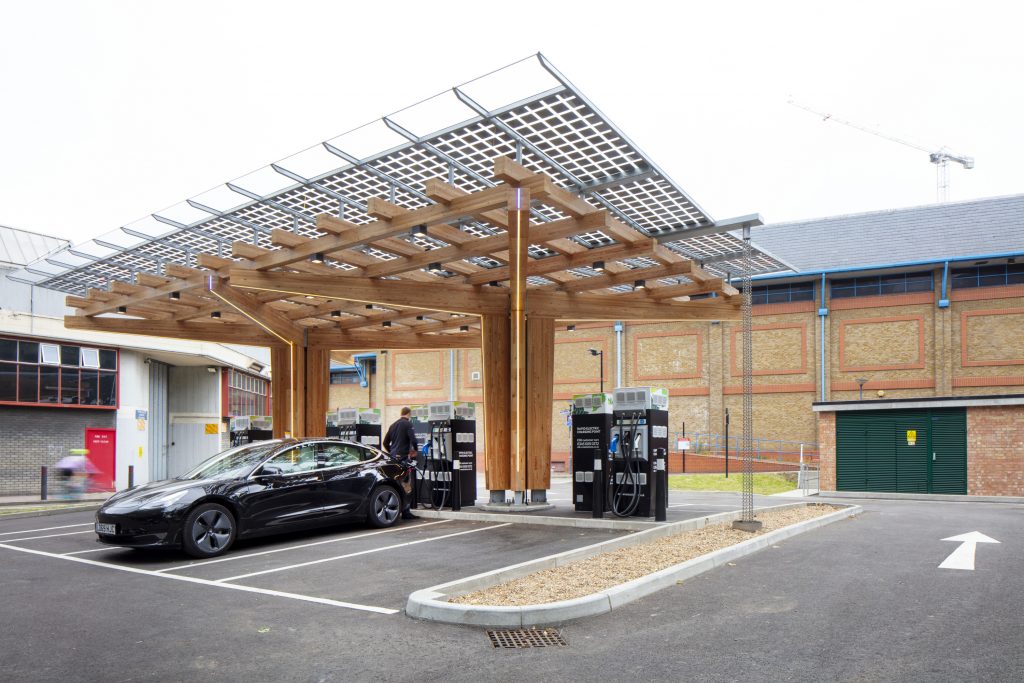
All three sites could be healthy funding streams for TfL over the mid to long term.
However, it’s harsh to entirely blame TfL. They require grant funding or borrowing to begin projects and that’s not easy, even if over time it’s of great benefit.
And guess what? The Treasury are making it hard for TfL to get building.
TTL properties
A separate report at the finance committee looks at TTL Properties Limited created to build new housing on TfL land.
TfL’s funding agreement earlier this year included this section:
“TfL to agree a plan for housing delivery through a dedicated commercial property company that meets the shared ambitions of the Mayor and HMG to deliver housing in a high demand area and to provide an increased revenue stream.
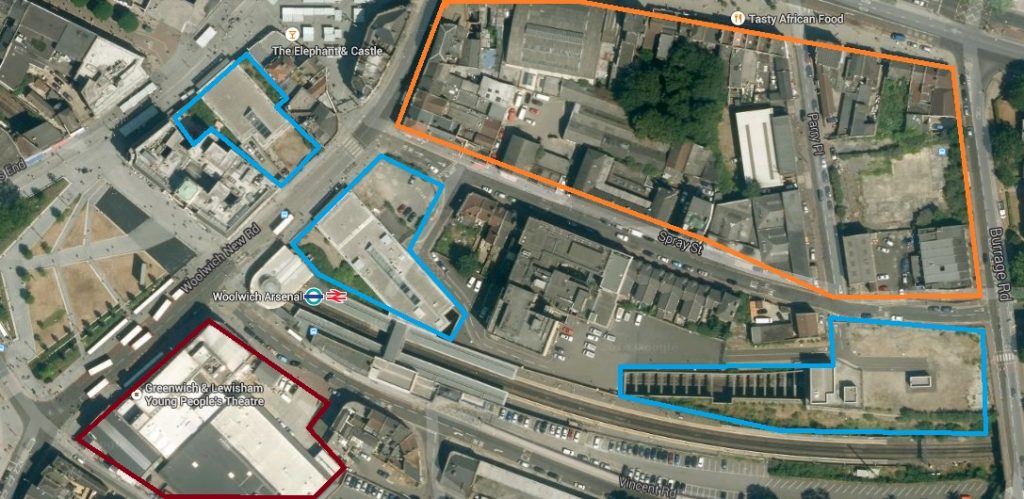
The plan will be agreed between TfL and HMG by June 11 and include a clear milestone for housing to be delivered by the end of 2024.”
“Government and TfL officials discussed proposals that delivered between 10,000 and 50,000 homes depending on the level and timing of any housing grant”.
With severe housing need you may think 50,000 would be the goal. However government – or rather the Treasury – doesn’t seem keen to assist:
“Subsequent discussions between TfL and Government focused on how to drive delivery of the maximum number of homes with the minimum requirement for Government grant funding”
And so less than half the potential housing units will be provided:
“Subject to ongoing discussions with Government and TfL approvals, agreement has now been reached on an outline plan that will see TTLP aim to start on the sites that deliver 20,000 homes over the next 10 years.
This plan currently assumes no Government grant funding.”
Just 2,000 homes a year for a city of nine million people and an ever growing housing problem is extremely poor.
Work is underway on some of the first sites. In Kidbrooke this site has regularly covered development of 619 homes beside the railway station.
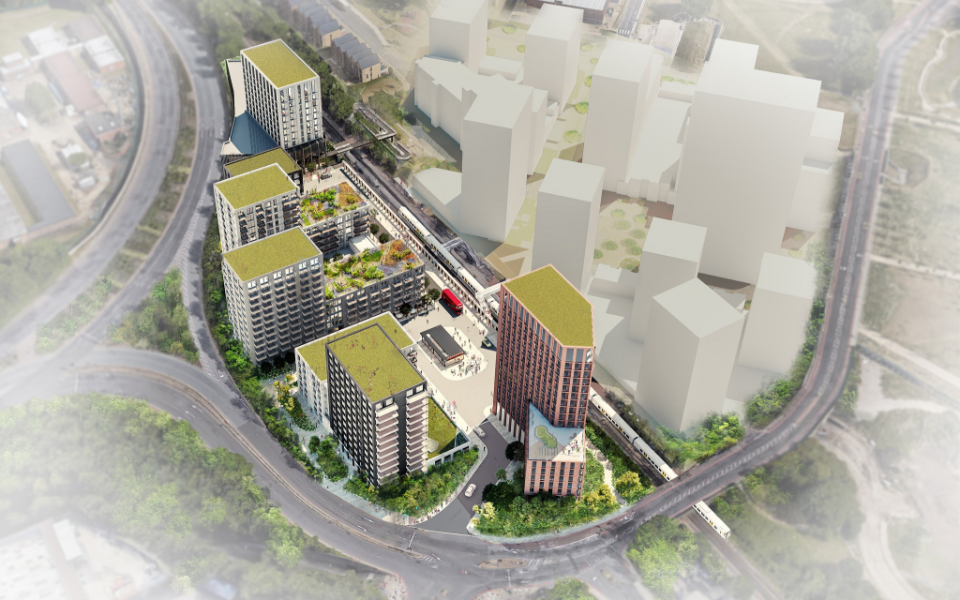
The report states: “Progress continues on TTLP’s existing development sites. Having secured a £12.7 million Green Development Loan from HSBC, construction is well underway on the first phase at Kidbrooke in our joint venture with Notting Hill Genesis.
This first phase of the scheme comprises 413 London Affordable Rent, shared ownership and private sale apartments. In total, 619 homes will be built – with 50 per cent affordable housing.”
In this case a partnership with a Housing Association has been utilised, which isn’t guaranteed at other sites.
Southeastern
This development brings us onto calls for TfL to takeover Southeastern Metro. I covered the prospect in depth this weekend. Simply put, whether it stays under government or TfL control, who will fund it?
The Treasury is seeking £2 billion cuts from the rail networks and £1.5 billion from TfL.
TfL control would help in places like Kidbrooke. If TfL operated the station alongside 619 homes, funds from sales would enable staffing and barrier entry to the station. The network is currently fragmented and major developments near stations see minimal if any input from Network Rail and Southeastern.
TfL do engage with the planning process to a far greater degree, but in places like Kidbrooke that influences buses and not rail provision.
Under Network Rail and Southeastern, even the new station building lacks gates after plans were pulled late on. It’s often left entirely locked due to minimal staffing:
An early train into town from Kidbrooke. Recently opened ticket hall and waiting room all locked up. Side entrance in use. pic.twitter.com/ydtXZMdWX0
— Peter H (@PeterOnTheEL) October 3, 2021
Given the wider funding issues of TfL, it’s extremely hard to see how TfL could substantially improve the network without government support.
Yet a lack of Government support has all but halted any chance of the Bakerloo Line until the mid 2030s at the earliest alongside other projects, and it isn’t helping provide housing at TfL sites.
Oh and the DLR to Thamesmead? TfL are seeking a minimal amount (less than £5 million) for more studies in the spending review. That too doesn’t look imminent, which means up to 20,000 homes in Thamesmead would not be built.
Running a site alone takes time and a fair bit of money. Adverts are far from enough to cover it and my living costs as a private renter.
You can support me including via Paypal here Another option is via Patreon by clicking here You can also buy me a beer/coffee at Ko-fi here There's also a Facebook page for the site here Many thanks
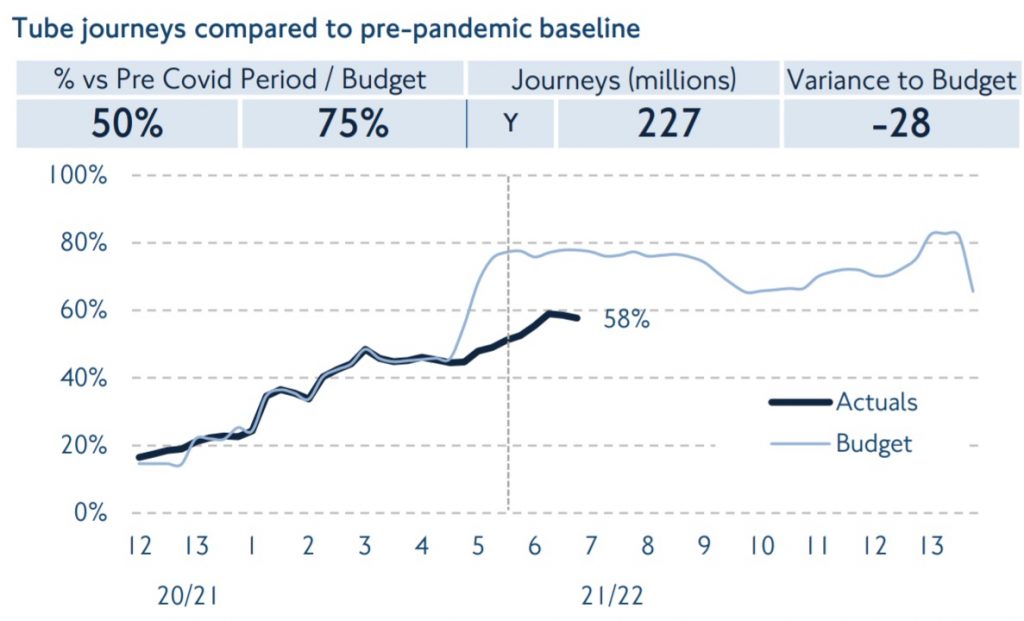
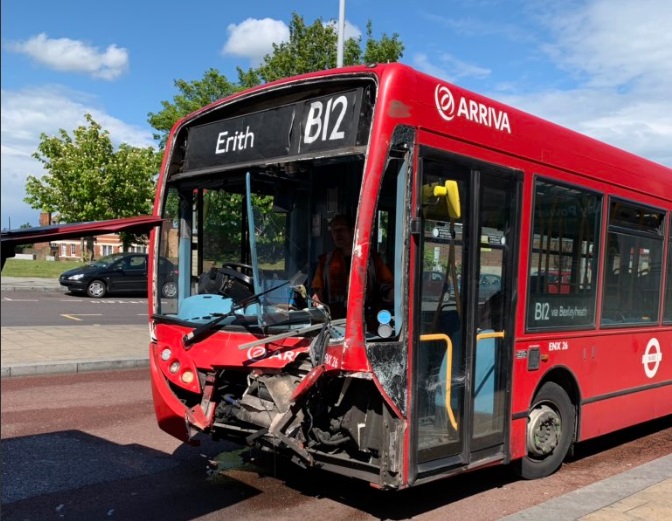
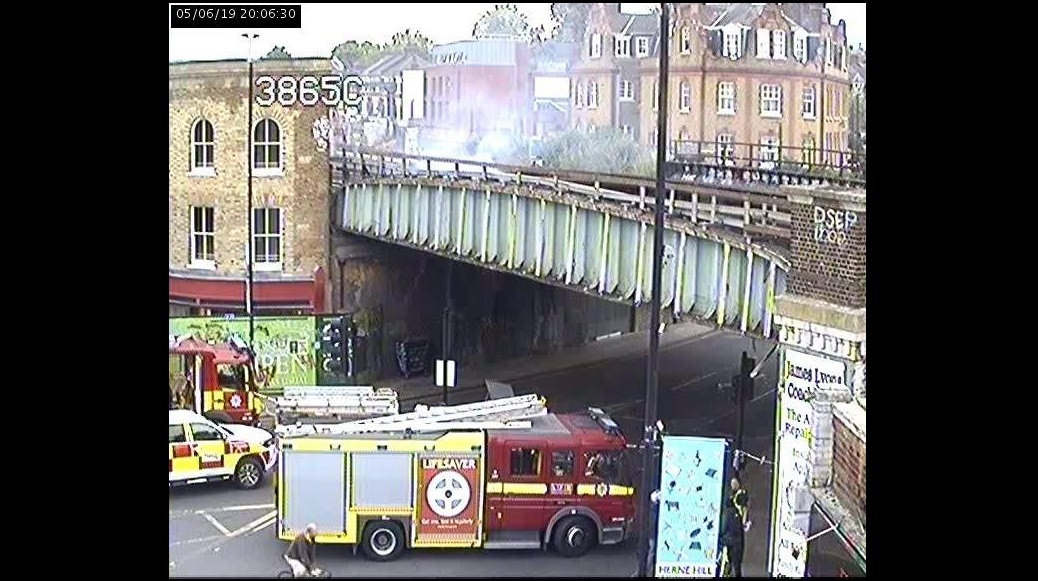

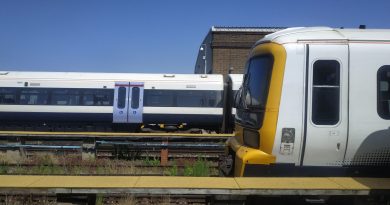
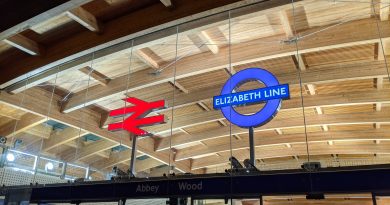
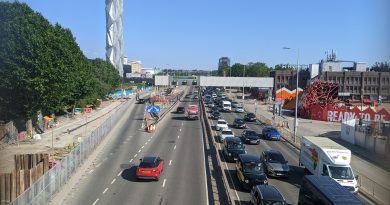
Is it just me who thinks this is all very short-termist? Everybody acknowledges that to avoid climate catastrophe we need better public transport links. For that, you need roads or rail
My suggestion: scrap Silvertown Tunnel and build three new bridges/tunnels across the Thames at Thamesmead West, Thamesmead Central and Erith. There’s plenty of disused scrub land to use for approaches. At least one should have a rail link ideally, but not essential. Charge private cars £5-£10 a pop (and vans and HGVs much more), and put on free buses connecting transport hubs of the south (Woolwich and Abbey Wood) with those in the north (Beckton dlr and Barking)
Also, obviously build the Bakerloo line extension and flats on top of all these single-rise stations. It’s a no brainer
The Bakerloo certainly needs to be extended.
But post-Covid, with more people wanting to work from home and/or locally, which would also create possibilities for commercial or public working spaces and a boost for local businesses), it makes sense to build the houses anyway since they are needed.
Also, if we rethought office culture with more locally-based hubs for businesses all currently crammed in the centre, this would be the natural boost to many under-developed parts of London (you’d have thought the Tories would like this idea, if they cared about London)
Cynically, developers would say that the houses wouldn’t sell (or for high enough prices) to be worth the effort without the Tube, but there’s the problem: the councils should have a lot more spending power and clout, but they don’t.
The Tory Government with their majority in Parliament will take full control of TfL and strip the Mayor from his Transport powers.
They will do this by cutting TfL’s finances and ending the financial support with TfL and the Mayor of London.
Margaret Thatcher done it during 1980s by taking London Transport away from Ken Livingstone’s GLC administration, no doubt history will repeat itself.
I expect the takeover to happen by the end of this year, or next year at least.
If people can work from home the city has less of a draw and commuter levels will remain at 60%. Property prices are likely to fall in central London locations and rise in the suburbs as commuters wfh spend more time with the family and ditch their season tickets. These working changes rising interest rates make central London residential developments a risky venture. You may well see some existing high density residential developments turn into undesirable run down lets such as canary wharf.